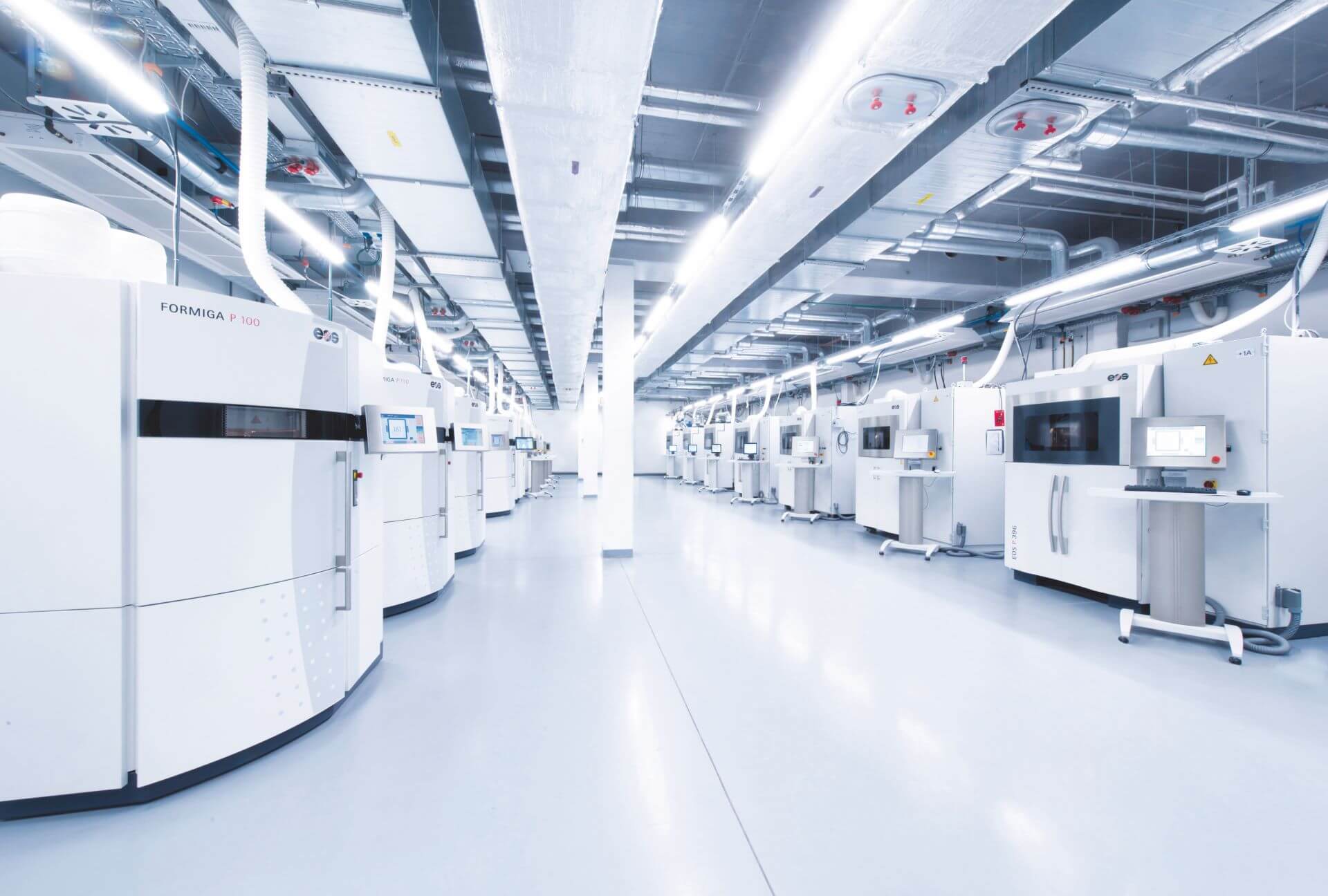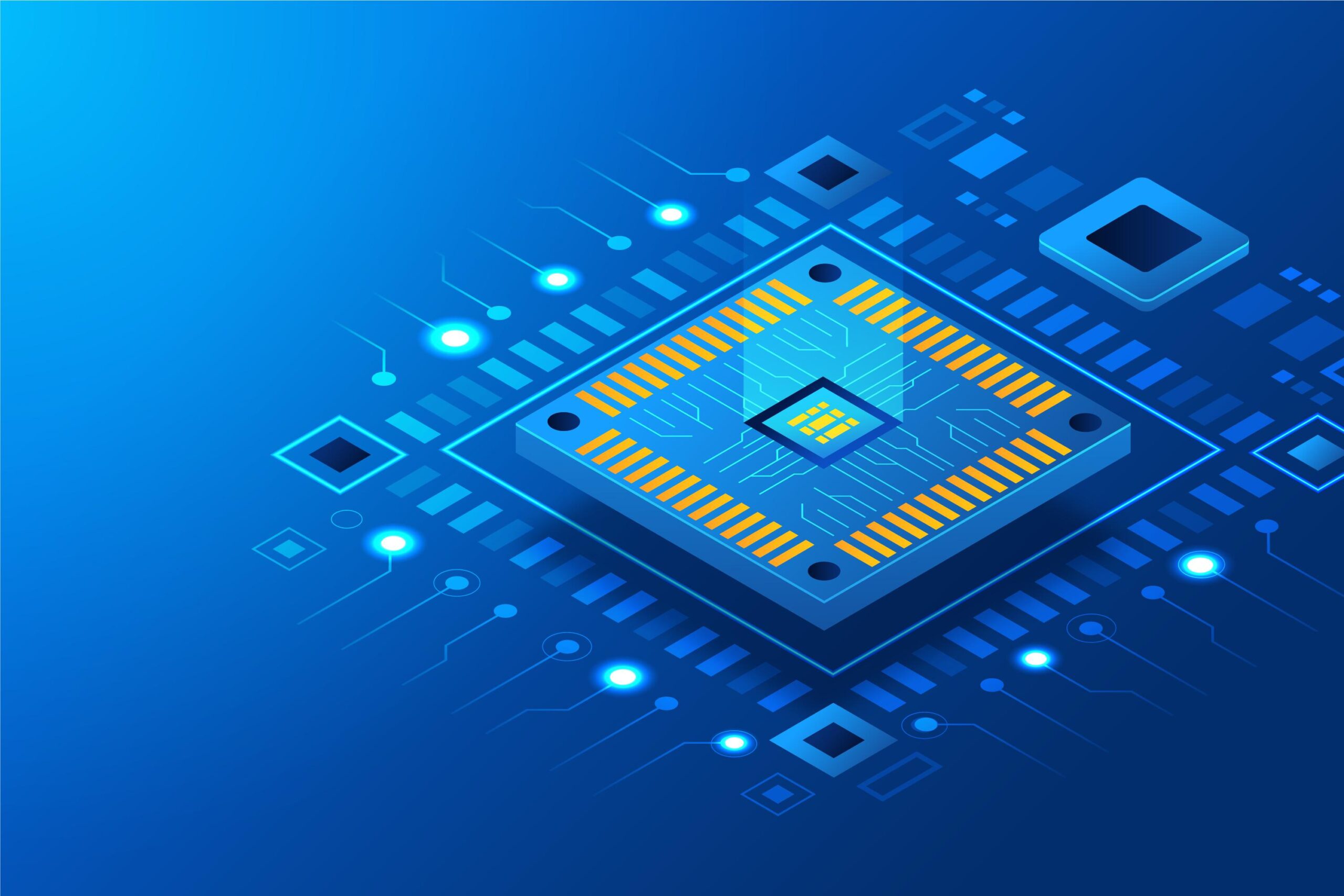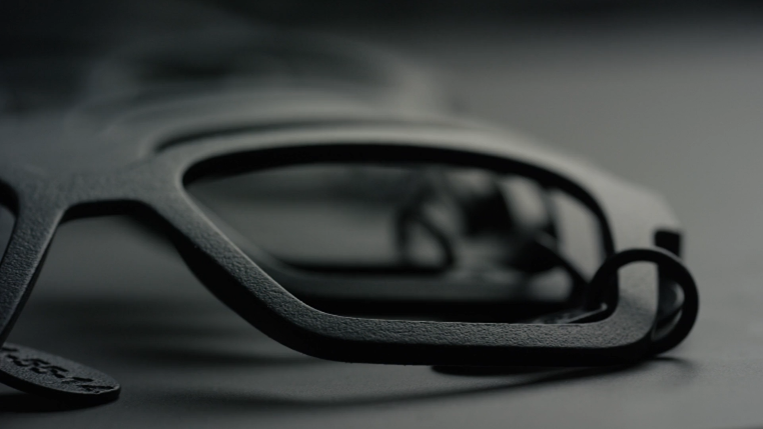Design Engineer Learning Curve and Career Path with EDST e-Learning

- admin_eds
- November 27, 2019
The Future of Working in Manufacturing
With Industrial Revolution 4.0, the nature of work is transforming with Artificial Intelligence (AI), Advanced Robotics, Cognitive Automation, Advanced Analytics and Internet of Things (IoT).
Advanced new age technology has created more jobs that require a unique skillset leading to the gap of available professionals specializing in these skillsets. To bridge this gap, it is important to educate the workforce of the future.
The future workforce is predicted to have collaborative platforms and instant messaging for high productivity. Digital Transformation in Business has rearranged the work architecture by cutting down routine tasks to focus on meaningful tasks that add value to the customers, end product, company, and the workforce.
EDST e-Learning aims to train the future workforce on the digital and soft skills required. The online courses are based on CAD software applications such as 3DEXPERIENCE platform, CATIA, INVENTOR, SOLIDWORKS, AutoCAD, REVIT and more. These courses are curated to train the workforce for engineering industries such as Aerospace, Automotive, Civil, Mechanical and other relevant fields.
Design Engineer Career Path
Industrial Design is an integration between the field of art and engineering that involves product design and management for manufacturing. Design engineers use Computer Aided Design (CAD) software to create, refine and test products and processes involving Computer Numerically Controlled (CNC) machines.
Design engineers formulate product design and refine the design with visual 3D models for streamlining efficiency throughout the manufacturing process. These engineers also test the assembly design and review the final product to ensure high quality and compliance with company, legal and customer standards. They work in a team of design engineers to boost the functionality in creating the final products within the time and cost constraints efficiently.
Design engineer core responsibilities include:
- Interact with the R&D team to understand the design requirement
- Use CAD software to transform ideas into plans and models
- Collaborate with engineers and managers from different departments
- Formulate and test product designs in prototypes
- Refine ideas and designs to execute as per the change in requirements
- Ensure the design and final product comply with industry standard and guidelines
In the era of digital transformation, design engineers have upgraded to 3D virtual design by using CAD software tools. Today, design engineers use the listed Visual 3D CAD software applications as per their design requirements.
- 3DEXPERIENCE
- CATIA V5
- INVENTOR
- SOLIDWORKS
Design Engineer Career Requirements
| Degree | Bachelors in Engineering for entry-level designers |
|---|---|
| Field | Mechanical Engineering or relevant fields |
| Skills |
|
| Tools | INVENTOR, SOLIDWORKS, CATIA, 3DEXPERIENCE |
| Licenses | Varied, minimum of five years of industry experience to attain Professional Engineers certification |
If you want to Upskill yourself with EDST e-Learning courses, visit the learning portal here and register for a course today.

- admin_eds
- November 27, 2019
Design Engineer Learning Curve and Career Path with EDST e-Learning
The Future of Working in Manufacturing
With Industrial Revolution 4.0, the nature of work is transforming with Artificial Intelligence (AI), Advanced Robotics, Cognitive Automation, Advanced Analytics and Internet of Things (IoT).
Advanced new age technology has created more jobs that require a unique skillset leading to the gap of available professionals specializing in these skillsets. To bridge this gap, it is important to educate the workforce of the future.
The future workforce is predicted to have collaborative platforms and instant messaging for high productivity. Digital Transformation in Business has rearranged the work architecture by cutting down routine tasks to focus on meaningful tasks that add value to the customers, end product, company, and the workforce.
EDST e-Learning aims to train the future workforce on the digital and soft skills required. The online courses are based on CAD software applications such as 3DEXPERIENCE platform, CATIA, INVENTOR, SOLIDWORKS, AutoCAD, REVIT and more. These courses are curated to train the workforce for engineering industries such as Aerospace, Automotive, Civil, Mechanical and other relevant fields.
Design Engineer Career Path
Industrial Design is an integration between the field of art and engineering that involves product design and management for manufacturing. Design engineers use Computer Aided Design (CAD) software to create, refine and test products and processes involving Computer Numerically Controlled (CNC) machines.
Design engineers formulate product design and refine the design with visual 3D models for streamlining efficiency throughout the manufacturing process. These engineers also test the assembly design and review the final product to ensure high quality and compliance with company, legal and customer standards. They work in a team of design engineers to boost the functionality in creating the final products within the time and cost constraints efficiently.
Design engineer core responsibilities include:
- Interact with the R&D team to understand the design requirement
- Use CAD software to transform ideas into plans and models
- Collaborate with engineers and managers from different departments
- Formulate and test product designs in prototypes
- Refine ideas and designs to execute as per the change in requirements
- Ensure the design and final product comply with industry standard and guidelines
In the era of digital transformation, design engineers have upgraded to 3D virtual design by using CAD software tools. Today, design engineers use the listed Visual 3D CAD software applications as per their design requirements.
- 3DEXPERIENCE
- CATIA V5
- INVENTOR
- SOLIDWORKS
Design Engineer Career Requirements
| Degree | Bachelors in Engineering for entry-level designers |
|---|---|
| Field | Mechanical Engineering or relevant fields |
| Skills |
|
| Tools | INVENTOR, SOLIDWORKS, CATIA, 3DEXPERIENCE |
| Licenses | Varied, minimum of five years of industry experience to attain Professional Engineers certification |
If you want to Upskill yourself with EDST e-Learning courses, visit the learning portal here and register for a course today.








